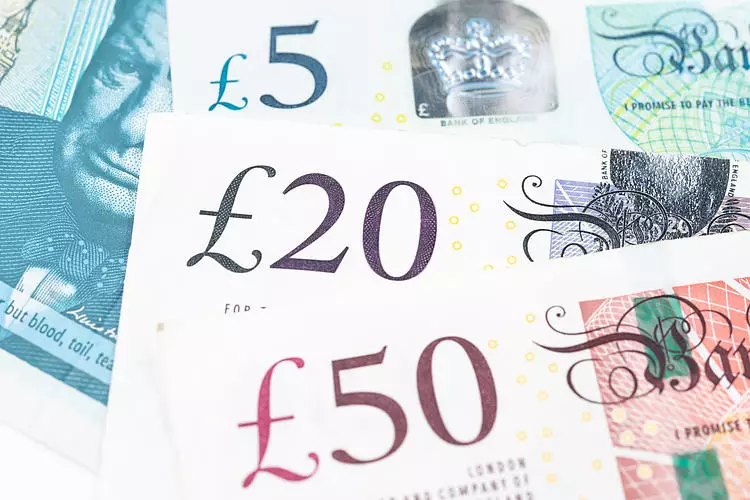As we navigate through the complexities of financial markets, the Pound Sterling displays a resilient attitude following a minor recovery noted on Thursday. Despite ongoing pressures, the currency managed to hold onto its recent gains against major counterparts while facing the likelihood of its fourth consecutive weekly decline against the US Dollar. This phenomenon raises critical questions about the underlying factors influencing the currency’s performance.
Economic indicators indicate a nuanced picture of growth. The latest flash Purchasing Managers Index (PMI) for the UK reveals a continued expansion in business activity during October. However, this expansion is tempered, suggesting a slowing momentum compared to previous months. The lingering economic uncertainty can be attributed to various factors, including inflation dynamics and potential interest rate adjustments by the Bank of England (BoE).
A significant statement came from Catherine Mann, a prominent figure in the BoE’s Monetary Policy Committee (MPC). Emphasizing the need for further declines in services inflation, Mann underscored the challenges ahead. The September inflation figures showed some improvement, with service inflation dipping below the 5% mark. However, the MPC member cautioned that there remains a considerable gap between current inflation rates and the Bank’s target of 2%.
This is a critical consideration for traders and investors, as Mann’s perspective suggests that any moves to cut interest rates may not be on the immediate horizon. Mann articulated, “It would be premature to cut rates if you have structural persistence in the relationship between wages and price formation.” This statement serves as a wake-up call for market participants, indicating that the BoE is not likely to yield to external pressures for rate cuts without solid evidence of sustained improvement in inflation metrics.
In tandem with the economic landscape, traders’ sentiments are increasingly aligning with political narratives, particularly concerning the upcoming US presidential election. Speculation surrounding Donald Trump’s potential resurgence appears to influence market strategies and decisions across various asset classes, including the Pound. Political dynamics often intersect with economic indicators, creating a complex interplay that traders must navigate.
This political backdrop adds an additional layer of uncertainty for the Pound Sterling, particularly as market expectations about interest rates continue to shift. While the BoE maintains a hawkish stance regarding inflation, traders seem tempted to predict further rate reductions as early as November. This contrast between the central bank’s cautious outlook and traders’ expectations may lead to increased volatility, influencing the currency’s trajectory in the near term.
From a technical viewpoint, the Pound Sterling recently approached the psychological mark of 1.3000 against the US Dollar, benefiting from renewed buying interest following a rebound originating near the crucial support level of 1.2900. This level is particularly relevant as it aligns with the lower boundary of a Rising Channel chart formation on the daily timeframe, attracting the attention of both technical analysts and traders alike.
Despite the recent uptick, the overall trend for the Pound remains uncertain. Trading below the 50-day Exponential Moving Average (EMA) casts a shadow over any bullish outlook, with the EMA hovering around 1.3070. Indicators such as the 14-day Relative Strength Index (RSI), remaining below 40.00, point toward persistent bearish momentum as the currency fights to establish a more positive trajectory.
Critical support for the Pound appears to be situated near the 200-day EMA at approximately 1.2845, standing as a pivotal level for currency bulls. Conversely, a breach below this support could intensify bearish sentiment. On the upside, resistance is anticipated near the 20-day EMA, situated around 1.3060, signaling a battleground for traders as they assess whether the Pound can sustain any upward momentum in the face of challenging economic and political narratives.
While the Pound Sterling exhibits certain resilient qualities, its path forward is fraught with challenges that require careful monitoring of both economic indicators and political developments. The interplay between inflation trends, interest rate expectations, and market sentiments surrounding political events highlights the complexity of the current financial landscape. As traders and analysts sift through these elements, the outlook for the Pound remains cautiously optimistic, but vigilance will be essential in navigating the uncertainties that lie ahead.

